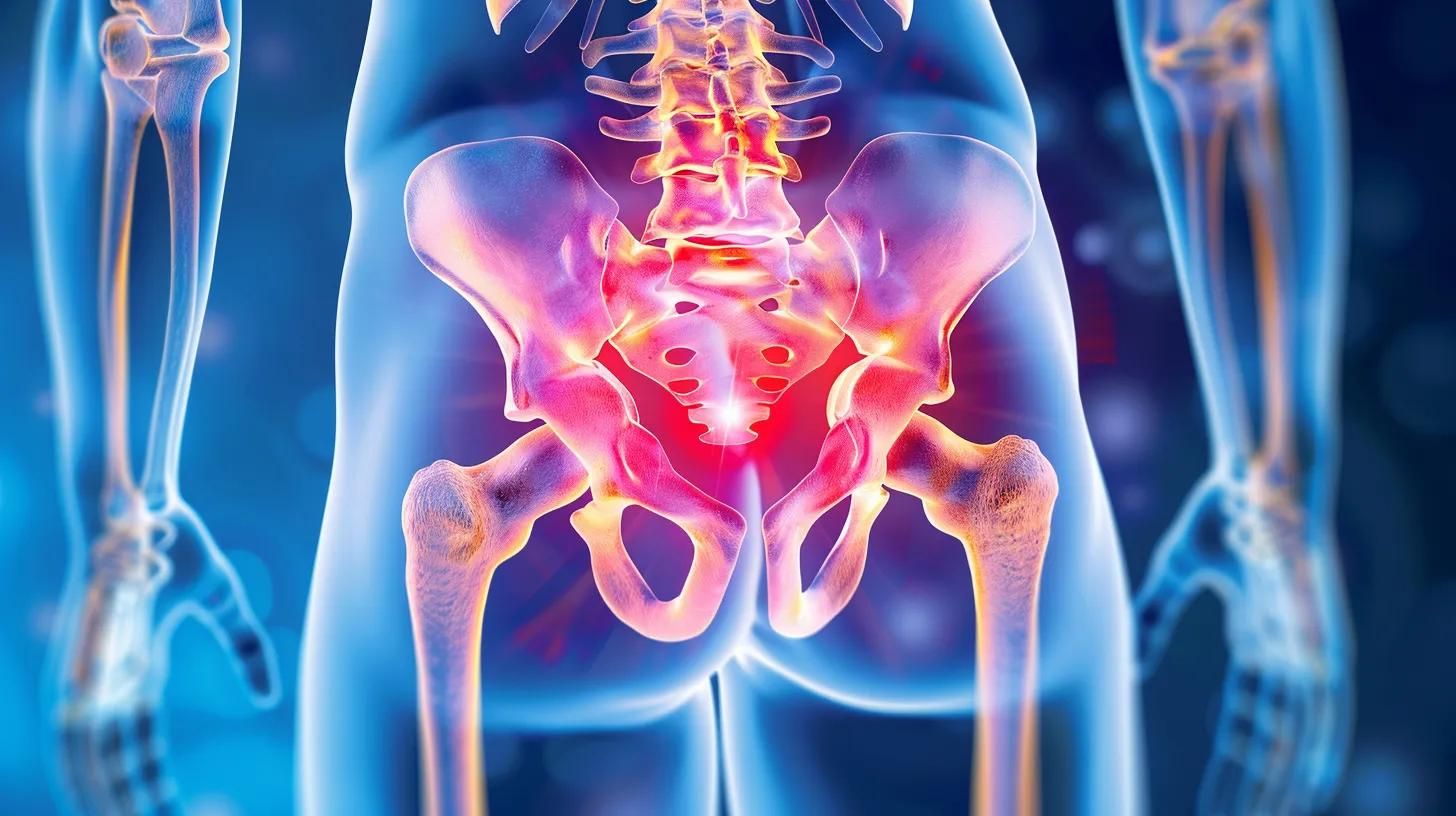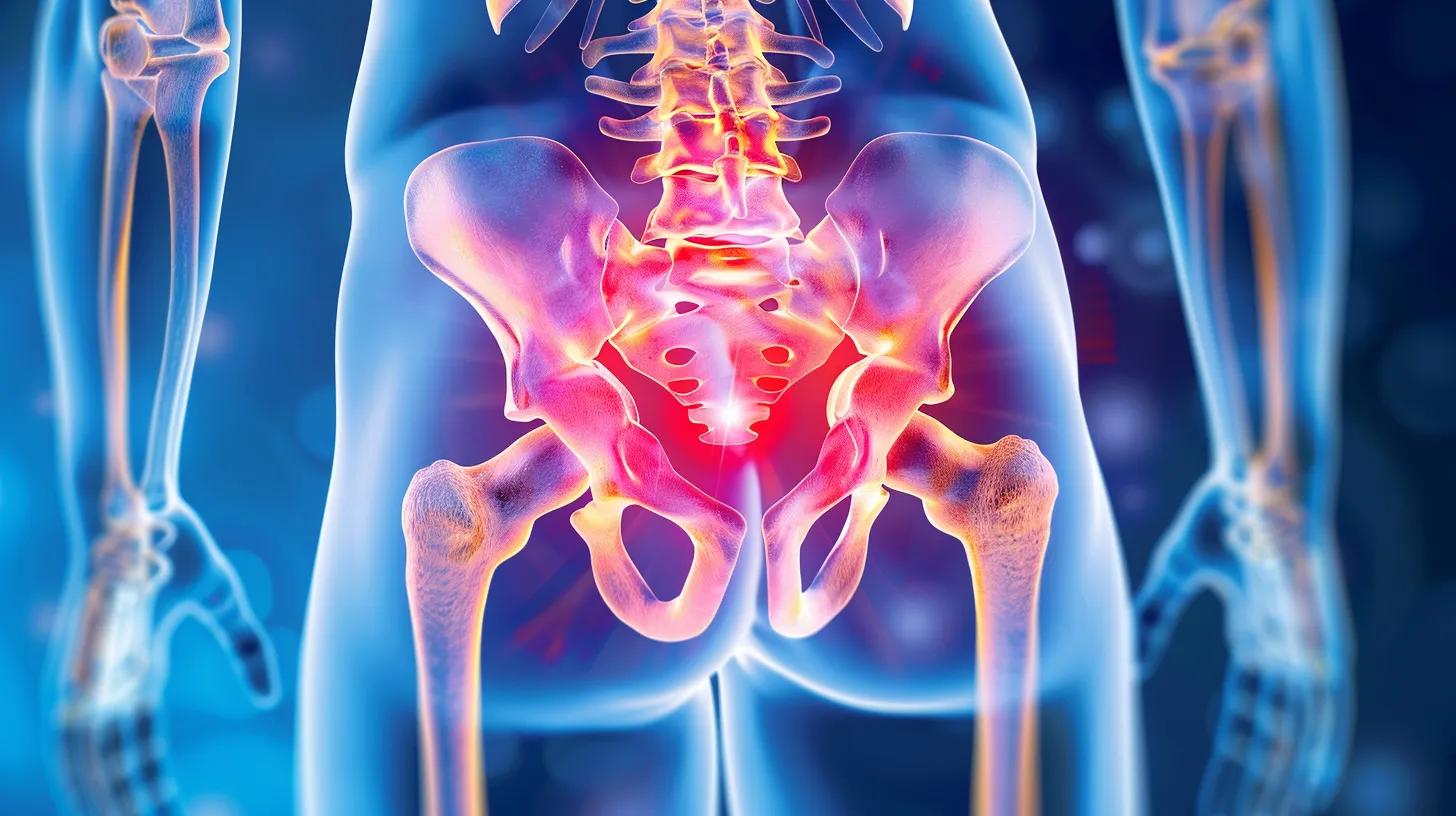
Stop Living With Hip and Sciatic Pain: Tucson Chiropractors Can Help

Understanding Hip and Sciatic Nerve Pain
Hip pain and sciatic nerve discomfort are more than just minor annoyances—they can drastically impact your ability to perform everyday activities, from sitting at a desk to taking a walk or climbing stairs. Many of our patients at Aragon Care Centers report feeling frustrated and limited by pain that radiates from the lower back down through the legs, or by dull, persistent aches in the hip.
This type of discomfort can interfere with sleep, work, and recreational activities, and over time may affect posture, strength, and overall health. Sciatic nerve irritation, in particular, can cause numbness, tingling, or weakness in the legs, making simple movements feel difficult or even painful.
At Aragon Care Centers, we focus on identifying the underlying causes of hip and sciatic discomfort, helping Tucson residents regain freedom of movement, reduce nerve pressure, and improve overall quality of life.
The Anatomy Behind Hip Pain and Sciatica
Understanding the anatomy of the hip and sciatic nerve is key to understanding why discomfort occurs. The sciatic nerve is the largest nerve in the body, running from the lower back, through the buttocks, and down each leg. When this nerve is compressed or irritated, it can trigger sharp, shooting pain, numbness, or a tingling sensation known as sciatica.
The hip joint itself is a ball-and-socket joint that supports your body weight and allows a wide range of motion. Muscles surrounding the hip, including the glutes, hip flexors, and hamstrings, stabilize the joint and contribute to proper spinal alignment. When these muscles are weak, tight, or imbalanced, they can increase pressure on the hip and sciatic nerve, leading to discomfort.
Common Causes of Hip Pain and Sciatic Nerve Discomfort
1. Nerve Compression
Sciatica occurs when the sciatic nerve becomes compressed, often by spinal misalignment, muscle tension, or degenerative changes in the spine. This can cause pain, numbness, or tingling that travels down the leg, sometimes making walking, standing, or sitting uncomfortable.
2. Hip Misalignment
Even slight misalignment in the pelvis or hip joint can lead to uneven stress on muscles and nerves. Over time, this imbalance can worsen discomfort and contribute to chronic nerve irritation.
3. Muscle Imbalances
Muscle imbalances in the glutes, hamstrings, or lower back can place uneven tension on the sciatic nerve. Weak muscles may fail to support the joint properly, while tight muscles pull on surrounding structures, increasing irritation and limiting mobility.
4. Daily Lifestyle Factors
Prolonged sitting, poor posture, repetitive lifting, and inadequate movement can all exacerbate hip and nerve discomfort. Modern desk jobs, long commutes, and sedentary habits are common contributors.
5. Degenerative Changes
Over time, spinal wear, arthritis, or disc degeneration can reduce hip mobility and increase nerve sensitivity. These changes may result in persistent discomfort and a higher risk of chronic pain if not addressed.
How Hip and Sciatic Pain Affects Daily Life
Hip and sciatic discomfort can interfere with almost every aspect of daily life:
- Walking and climbing stairs can become painful or limited.
- Sitting at a desk or in a car for extended periods may increase nerve irritation.
- Household tasks like bending, lifting, or standing for long periods can trigger pain.
- Sleep quality may decrease due to nighttime discomfort, causing fatigue and stress.
- Physical activity and exercise may be restricted, limiting overall health and fitness.
Many people attempt to ignore these symptoms, but over time, they can create a cycle of chronic discomfort that affects posture, strength, and overall well-being.
How Chiropractic Alignment Helps
At Aragon Care Centers, our approach focuses on restoring proper alignment of the spine and hips. By addressing misalignment, we can:
- Reduce pressure on the sciatic nerve
- Restore natural joint mobility
- Improve blood flow and flexibility
- Support long-term functional movement
Through carefully applied alignment techniques, patients often experience improved comfort and mobility, allowing them to perform daily activities with greater ease.
Soft Tissue Support
Alignment alone is not enough. Tight muscles in the glutes, hamstrings, lower back, and hip flexors can continue to place stress on the sciatic nerve. At Aragon Care Centers, we address these areas with soft tissue work, which helps release tension, improve range of motion, and support long-term alignment.
Posture and Ergonomics
Many patients unknowingly aggravate their hip or sciatic discomfort through poor posture. We provide guidance on proper sitting, standing, and lifting techniques to reduce strain on the lower back and hips. Even small adjustments—like the height of a chair, proper lumbar support, or regular standing breaks—can have a significant impact on reducing discomfort.
Exercises to Support Hip and Sciatic Health
Core Strengthening
A strong core supports the spine and pelvis, reducing compensatory strain on the hips and sciatic nerve. Exercises like planks, bridges, and abdominal bracing improve stability and overall function.
Glute and Hip Strengthening
Strengthening the glutes and surrounding hip muscles promotes pelvic alignment and reduces nerve pressure. Targeted exercises such as side-lying leg lifts, squats, and lunges enhance stability and support healthy movement.
Flexibility and Stretching
Gentle stretches for the piriformis, hamstrings, hip flexors, and lower back relieve tension and improve range of motion. Regular stretching supports long-term mobility and reduces nerve irritation.
Low-Impact Activity
Low-impact activities like walking, swimming, or cycling maintain blood flow, strengthen muscles, and improve overall function without overloading the hips or lower back.
Lifestyle Strategies to Support Recovery
- Stay active: Incorporate gentle movement and avoid prolonged sitting.
- Ergonomic setup: Adjust your workspace and posture to reduce hip stress.
- Strength training: Focus on core, glute, and leg exercises for stability.
- Stress management: Mindfulness, yoga, or breathing exercises reduce muscle tension.
- Weight management: Maintaining a healthy weight reduces stress on the spine and hips.
Preventing Chronic Hip and Sciatic Issues
Ignoring hip or nerve discomfort can lead to long-term limitations and reduced quality of life. Early intervention helps prevent compensatory movement patterns that can affect knees, lower back, and shoulders. By focusing on alignment, flexibility, and strength, patients can maintain mobility and prevent recurring discomfort.
Why Aragon Care Centers Is Unique
Personalized Care Plans
Every patient’s hip and sciatic experience is unique. At Aragon Care Centers, we provide customized plans based on spinal alignment, muscle balance, lifestyle, and nerve function, ensuring every patient receives care tailored to their specific needs.
Comprehensive Approach
Hip pain and sciatica often involve multiple body regions. By evaluating the entire musculoskeletal system, including lower back, hips, legs, and core, we address the root causes rather than just symptoms.
Education and Empowerment
We teach patients about proper posture, movement, exercises, and lifestyle habits. This knowledge empowers patients to maintain improvements and reduce the risk of recurrence.
Accessible Tucson Locations
With offices in East and Northwest Tucson, patients can conveniently schedule visits without disrupting their daily routines.
Conclusion
At Aragon Care Centers, we understand the challenges that come with hip pain and sciatic nerve discomfort. By combining spinal and hip alignment, soft tissue work, targeted exercises, lifestyle guidance, and patient education, we provide a comprehensive, holistic approach that helps Tucson residents regain mobility, reduce nerve irritation, and improve overall quality of life.
Don’t let hip or sciatic discomfort control your daily activities. and start your journey toward restored comfort, improved function, and a more active lifestyle.
